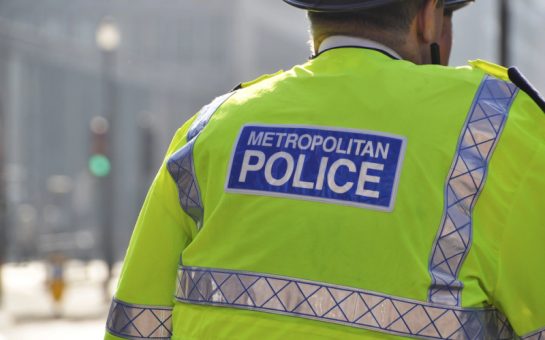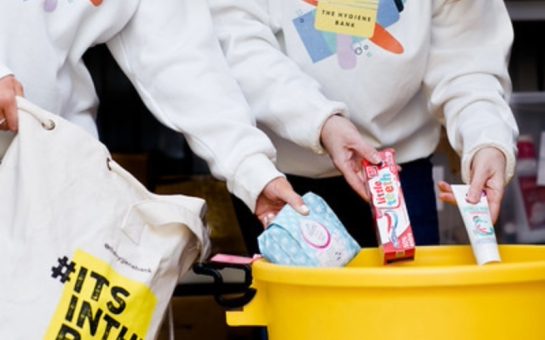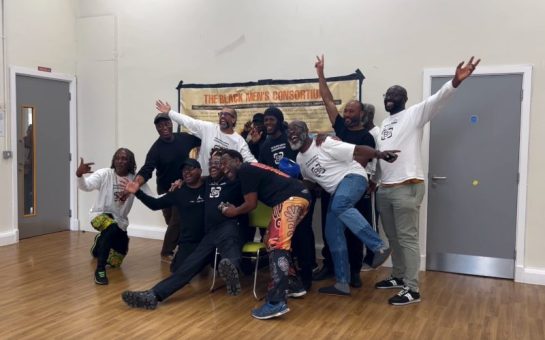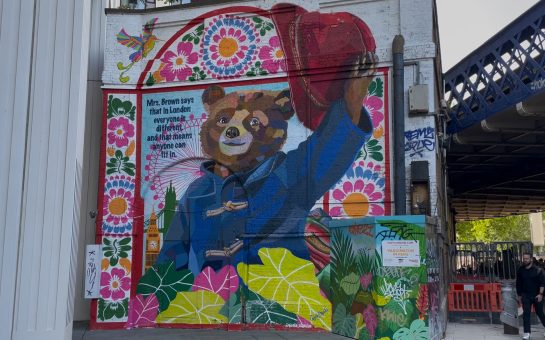This Saturday, 10 April, will mark four decades since the beginning of the Brixton uprising, a violent confrontation between Metropolitan Police and protestors in the south London area.
In 1981, Brixton was an area rife in socioeconomic inequality with a housing shortage despite a declining population, containing many low-income households and high rates of disability and mental illness.
Similar to the Black Lives Matter movements of last year, Brixton native Tony Cealy remembered that the uprising was predominantly due to escalated tensions between the local community and the police.
He said: “The spark had always been there because of the victimization of the police on the black community.
“There have been many incidents where the police have brutalised the black community, and I think on that specific afternoon it was one too many.”
The uprising lasted three days, and April 11th 1981 was dubbed ‘Bloody Saturday’ by Time magazine, as 279 policemen and 45 members of the public were injured, while over a hundred vehicles and buildings were burned or damaged.
Cealy, a teenager at the time, was excited but also concerned that people would get hurt.
He recalled: “On the first day, I was caught up with the crowds, throwing bricks and bottles, running from the police, and excited with my friends.
“I didn’t realise what had happened until the morning. There was a sense in the air that things could kick-off again later, and they did.
“There were huge crowds of police officers just standing on the streets not doing anything whilst shops were being looted and burned with cars being turned over.
“I was on the corner for around 10 minutes, although it felt like a lifetime, with this group of people, and we were all in limbo about whether to run or pick up stones and bottles to throw at police.
“Eventually I ran out from the crowd to pick up this pink shirt that was on the floor amongst all the broken glass and discarded items.
“I turned and ran straight into the police, who grabbed and threw me in the back of a van.
“I had an officer’s feet on my shoulders, and one of the adults was busted up with blood on him. I couldn’t believe I was on the floor of the van – I was totally petrified.”
During the national recession of 1981, unemployment in Brixton was at 13%, and 25% for ethnic minorities, while among black youths it was estimated at a scarcely-believable 55%.
Tensions reached breaking point when police were disproportionately using ‘stop and search’ powers against the community.
Cealy said: “There has been a lot of change implemented, but at the end of the day, people still don’t trust the police.
“Black Lives Matter made it global and brought it to people’s attention, which is a good thing, but I call it ‘fireworks’ because what has really changed? I can’t identify anything. The statistics from ‘stop and search’ are still the same and the issues still exist.
“I’m not saying don’t go out there and protest, but I’ve seen all the marching and the protesting, all the ‘fireworks’, and it doesn’t give us the results that we need.
“In reality the only change I’ve seen is that police are not as vicious and vile as they were.
“The community does not have a strong relationship with the police. It’s still institutionally racist, so a lot of things are as they were in 1981.”
Cealy believes that recalling whether the events were ‘riots’ or ‘uprisings’ depends on an individual’s perspective.
He added: “If you talk to a shop owner who had their stuff burned down, it’s a riot, but for someone that had had enough of the police brutality, it’s an uprising.”
Cealy is the curator of 81 Acts of Exuberant Defiance, an experimental group aiming to unite the community and reclaim Brixton’s heritage, 40 years after the uprising.
The group will undertake 81 defiant acts, such as cultural projects and programmes that look at policing, housing, activism and culture, throughout 2021.
He said: “I wanted to have something that was for the community of Brixton as a legacy.
“It is about memory and commemoration, but it’s also about the future. Young activists of today working with older activists of yesteryear to come together and have a conversation.”
Further information about 81 Acts of Exuberant Defiance can be found here.
Featured image credit: Kim Aldis, CC BY-SA 3.0 license, via Wikimedia Commons




